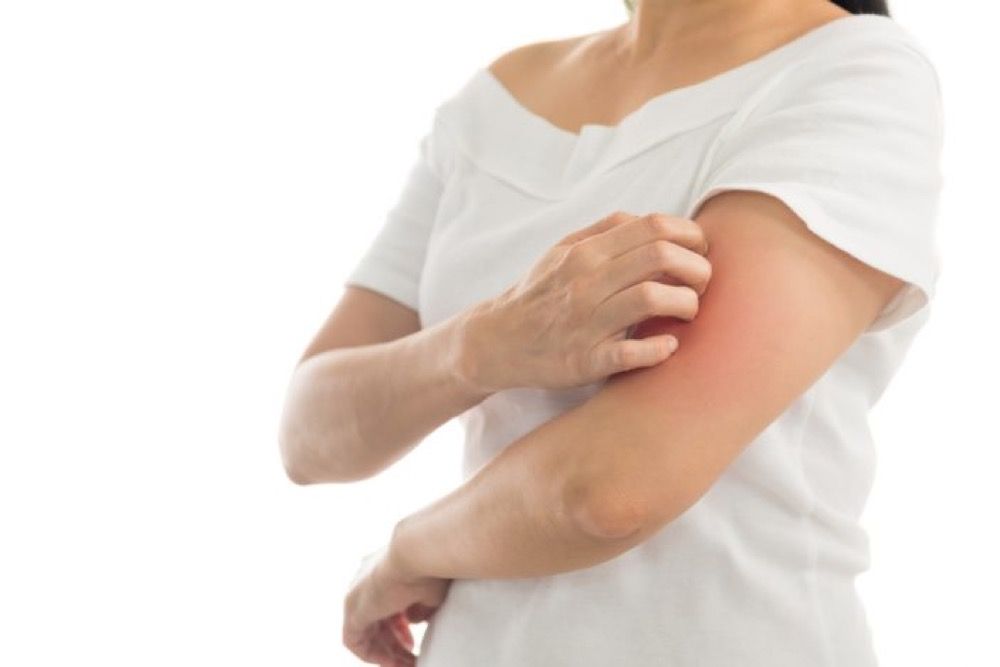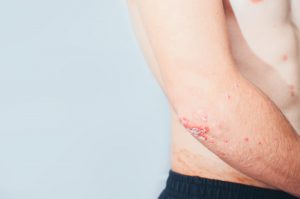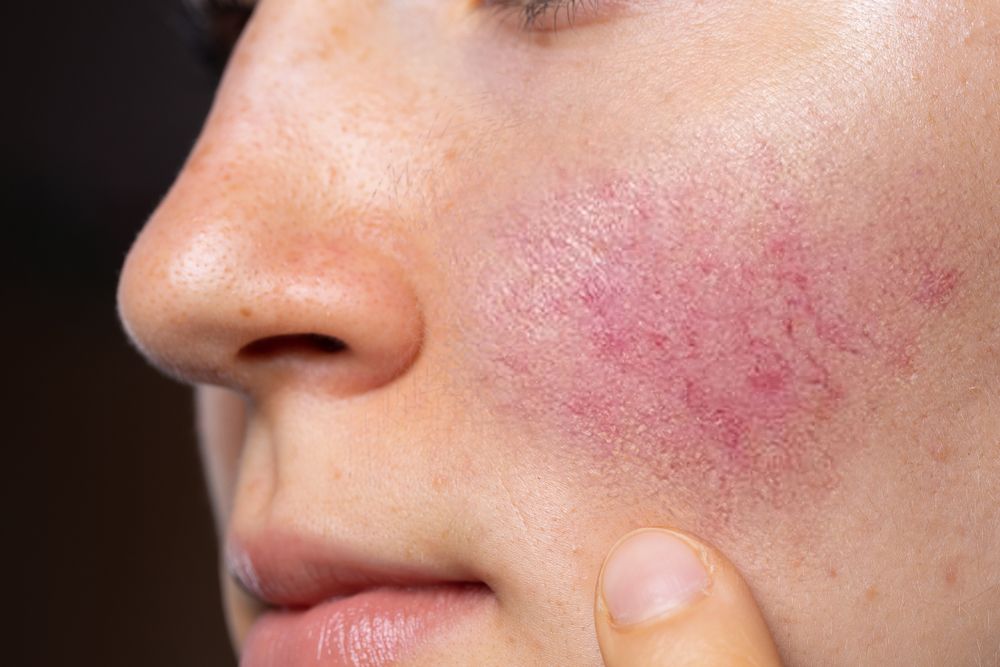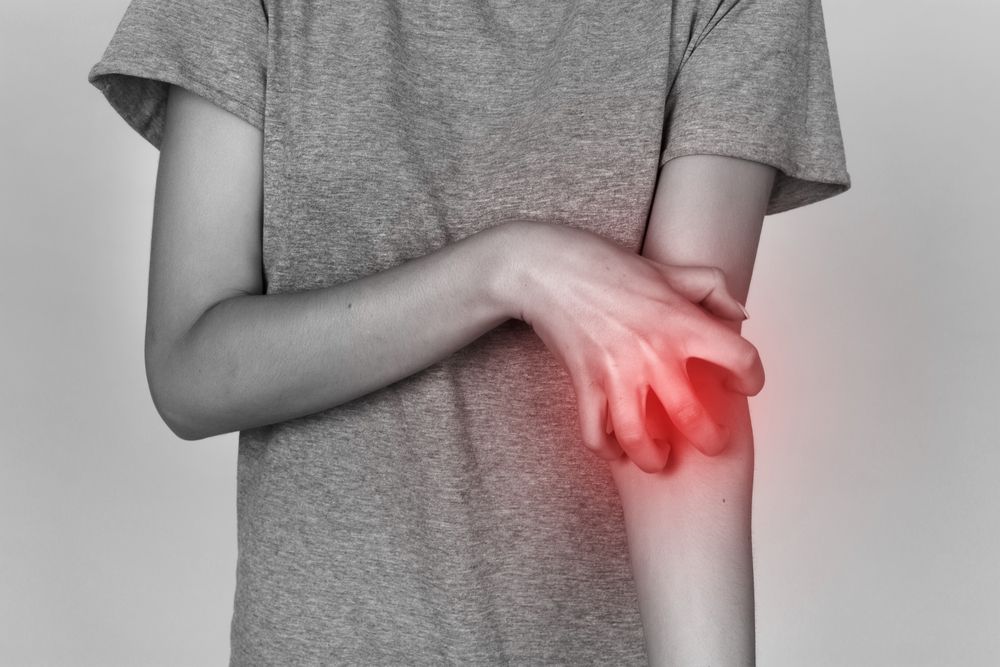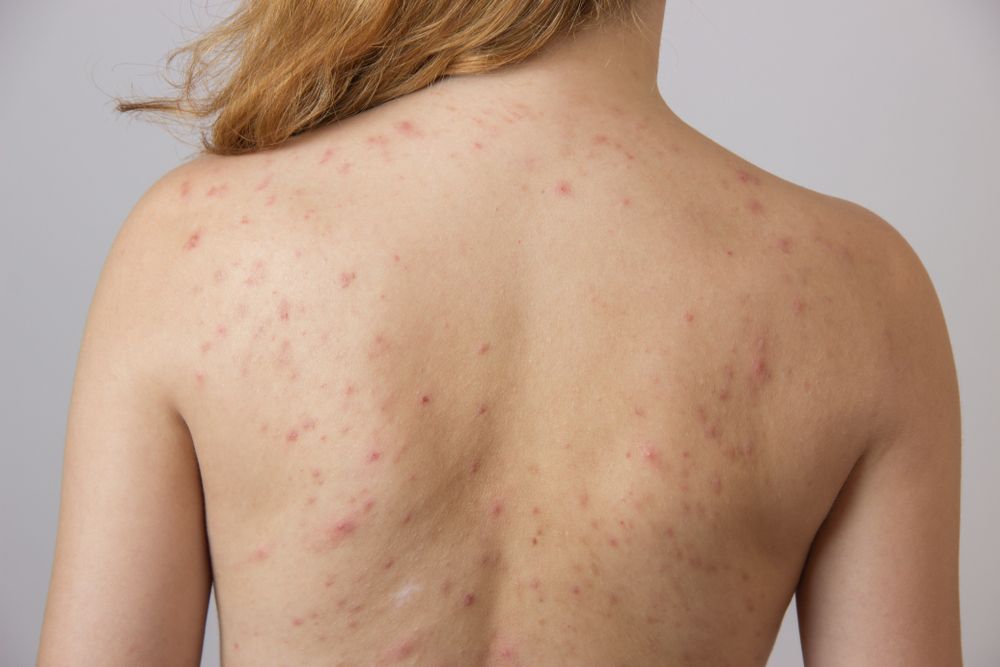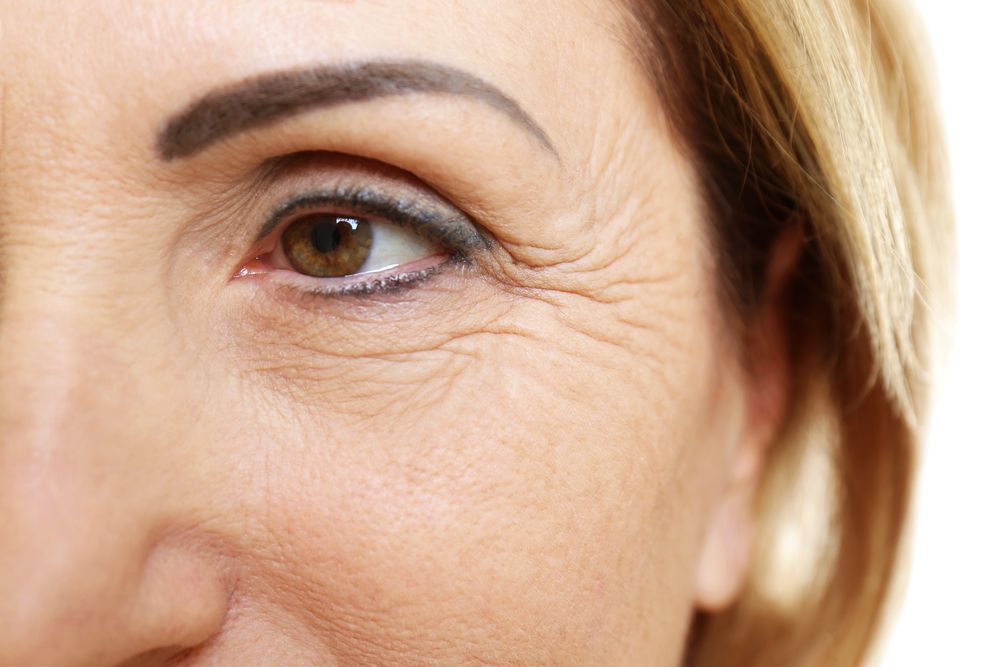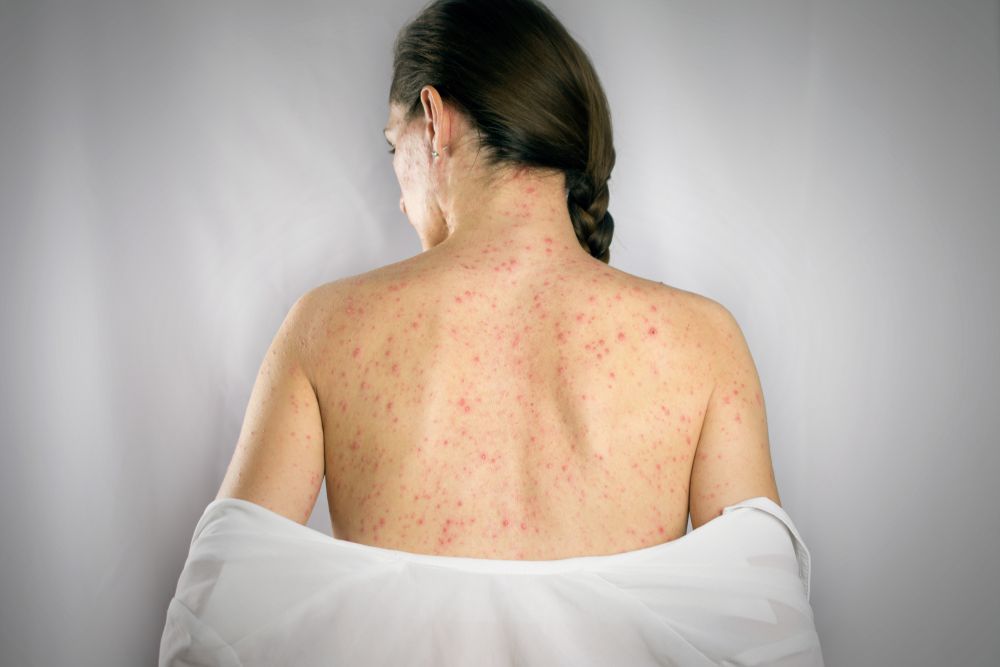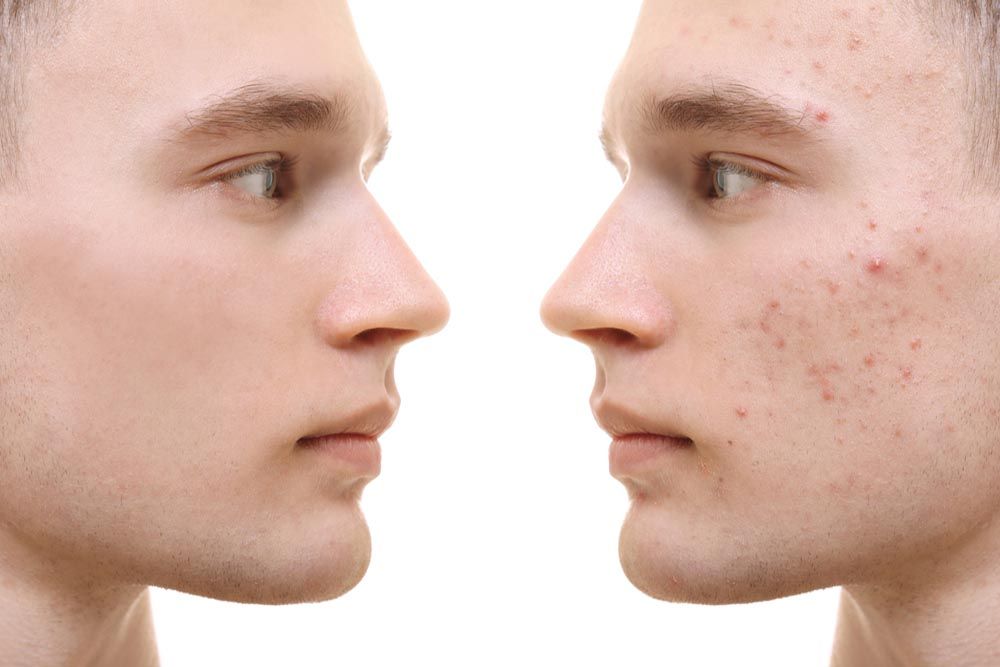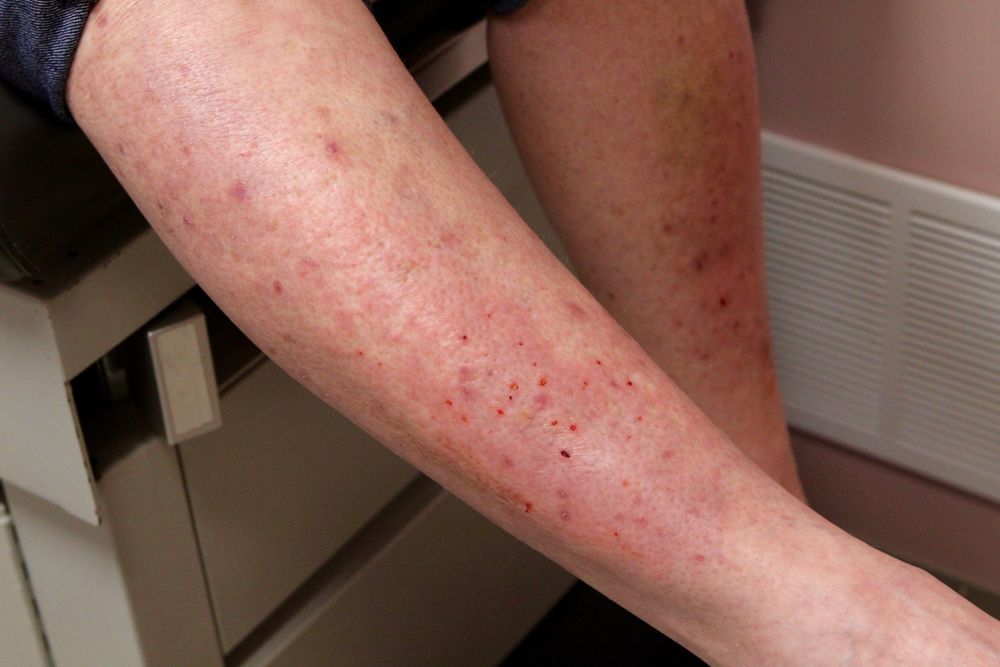Psoriasis is a skin condition characterized by the buildup of skin, leading to scaling and red patches. There is no cure for psoriasis, but its symptoms can be treated. (Learn More)
Psoriasis happens when the body produces significantly more skin cells than normal. Exactly what causes this to happen is unknown.(Learn More)
There are many types of treatments for psoriasis, depending on the severity of the case and the individual’s particular needs. Broadly speaking, there are topical treatments, which tend to have the least risks; phototherapy, which carries slightly more risk; and systemic medications, which have serious risks and are usually used only when other options fail.(Learn More)
Topical treatments come in many types, from relatively mild moisturizers to calcineurin inhibitors, which must be used very carefully. Topical treatments are applied to the skin, usually directly on problem areas. Some are used everywhere there is a problem; others should only be applied to particularly troubled or sensitive areas.(Learn More)
Light therapy, or phototherapy, uses natural or artificial ultraviolet light to treat psoriasis symptoms. On the mild end of the spectrum is daily, controlled, exposure to sunlight. On the more extreme end are options like highly focused lasers combined with special medication. Exactly what is right for you depends on how severe your condition is. (Learn More)
Systemic medications are only for fairly severe cases of psoriasis. They are medications that help to control skin growth by altering the way the body is working. Doctors will rarely prescribe these medications as a first choice, as they can have serious risks and side effects, especially on the liver and immune system. (Learn More)
All these options should be combined with lifestyle changes. Obesity and stress can make psoriasis worse, as can smoking. A healthy diet and daily exercise will not cure psoriasis, but it can manage some of the symptoms.
Talk to your doctor about the best way to bathe. Bathing daily and using special moisturizers can help to manage psoriasis. (Learn More)
What Is Psoriasis?
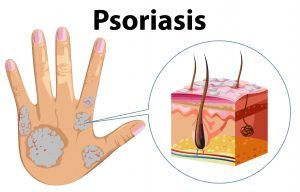
Psoriasis is a common skin condition, estimated to affect 2 to 3 percent of world’s population, including 8 million Americans.
It speeds up the lifecycle of skin cells. This causes them to build up on the skin’s surface, leading to scaling and red patches of skin. Common symptoms of psoriasis include:
- Red patches of skin, with vaguely silvered colored “scales.”
- Cracked skin, which may or may not bleed.
- Itching and burning.
- Soreness.
- Thickened, pitted, or ridged nails.
- Joint problems.
Psoriasis generally flares up and then dissipates. It may be bad for a few weeks or months, only to die down. Symptoms lessen or go into complete remission.
Causes of Psoriasis
While not fully understood, psoriasis is believed to be a problem related to your immune system and T cells. Ordinarily, T cells attack things like viruses and bacteria in the body. With psoriasis, something goes wrong in the body and T cells also attack healthy skin cells.
As the body makes this mistake, it further reacts, producing more skin cells, T cells, and other white blood cells. Neutrophils, one type of white blood cell, are especially pushed into overproduction. It is this combination of T cells attacking and then the body overproducing that causes the symptoms of psoriasis. What normally happens in weeks instead happens in days.
While anyone can get psoriasis and exactly how one gets it is not understood, there are some factors known to increase someone’s risk of developing psoriasis.
- Family history of psoriasis
- Weakened immune system
- Stress
- Obesity
- Smoking
Treatment Options
There are a host of treatments and medications to treat psoriasis. Generally, a doctor will start with the mildest treatments first, only pushing for more intense treatment options if your treatment isn’t working or your condition worsens.
The goal of treatment is not to cure psoriasis but to treat its symptoms. These treatments can be broken down into three broad categories: topical treatments, light therapy, and systemic medications. These can be paired with each other and lifestyle changes, as deemed appropriate by a doctor.
Topical Treatments
Topical treatments are applied to directly to the skin, such as creams and ointments. When used on their own, they are primarily suited to treat mild to moderate psoriasis. For worse psoriasis, a more comprehensive treatment plan will be needed, although it will still likely include topical treatments.
Examples of topical treatments include:
- Topical corticosteroids. These medications reduce inflammation and itching. A mild ointment is usually prescribed for sensitive or large areas, but a stronger ointment is sometimes prescribed for particular problem areas.
Side effects can include thinning of the skin. These ointments can also stop working over time. For this reason, corticosteroids are usually prescribed in the short term. - Vitamin D analogues. These analogues, like Dovonex and Vectical, are synthetic forms of vitamin D, which can help slow skin cell growth. Side effects include skin irritation.
- Anthralin (Dritho-Scalp). This medication slows skin growth, but it can irritate the skin and stain it. It is applied for a short time. Be sure to follow instructions closely to prevent problems.
- Topical retinoids (Tazorac, Avage). This topical treatment can decrease inflammation. It is a derivative of vitamin A. Side effects include skin irritation and sunlight sensitivity.
- Calcineurin inhibitors (Prograf, Elidel). These medications reduce inflammation and plaque buildup, and they are meant for short-term use. They are not good for long-term use because they can increase the risk of skin cancer and lymphoma. Despite this, they can be helpful in areas of the body where other treatments may be too irritating or harmful.
- Salicylic acid. Coming in many forms, including shampoos, salicylic acid promotes the sloughing of dead skin cells. This can help reduce scaling.
- Coal tar. This option reduces scaling, itching, and inflammation. It is made of coal, and it comes in the form of shampoos, creams, and oils. Similar to anthralin, it can irritate the skin and stains. It also has a strong smell that many find unpleasant. It is not recommended for women who are pregnant or breastfeeding.
- Hydrated skin can reduce itching, scaling, and dryness. Moisturizers won’t heal psoriasis, but moisturizing well after a bath or shower can reduce symptoms with few downsides.
Light Therapy
Light therapy involves the use of natural or artificial ultraviolet light to treat psoriasis. Discuss these treatments with your doctor, and mention any other psoriasis treatments you are on as some increase sunlight sensitivity. Do not assume that more sun equals better treatment; it is a more complicated process than that.
Some light therapy (also called phototherapy) treatments include:
- Sunlight exposure. The sun is a natural source of UV light, which slows skin cell growth and reduces scaling and inflammation. Note that the sun can also burn you, which will worsen your symptoms and increase your cancer risk. Despite this treatment being “natural,” you must still consult a doctor about the best way to do it.
- UVB phototherapy. There are two types of UV light: UVA and UVB light. UVB light plays the biggest role in skin cancer and sun damage, but it can also be used to treat skin conditions if used in a controlled environment. It can be used to treat patches of psoriasis and even on psoriasis that resists topical treatment. In the short term, it can increase redness, itching, and dry skin.
- Narrow band UVB phototherapy. This phototherapy is administered two or three times a week and then in weekly sessions once improvement is shown. It requires you come in for treatment less frequently than with UVB phototherapy, and it uses a similar concept, but it can cause more serious burns than traditional UVB phototherapy.
- Psoralen plus ultraviolet A (PUVA). This treatment uses a light-sensitizing medication (psoralen) and then UVA light on the problem area. UVA light is interesting in that it penetrates the body deeper but affects the skin less strongly than UVB light. By using medicine to make the body more sensitive, the light’s effectiveness (and risk) is increased.
This treatment is intensive and meant for fairly serious psoriasis. Although it produces generally good results, side effects include nausea, headaches, burning, and itching. In the long term, it can cause wrinkles, increased sun sensitivity, and an increased risk of skin cancer.
- Excimer laser. This treatment involves a controlled beam (laser) of UVB light, which a professional aims at psoriasis plaques to reduce scaling and inflammation. The laser is powerful and precise, requiring only a few sessions for treatment, but it is only effective for mild to moderate psoriasis. Side effects include redness and blistering.
Systemic Medications
Due to their serious side effects, systemic medications exist primarily as a treatment option for cases that are resistant to other forms of treatment. A doctor will be balancing how seriously psoriasis is affecting your life, how effective the other treatment options are, and how risky a given medication is before prescribing anything.
Examples of systemic medications include:
- Retinoids (Soriatane). Discussed earlier in the form of topical retinoids, oral and injectable retinoids are options for particularly severe psoriasis. Side effects include inflammation and hair loss. These retinoids can cause severe birth defects to the point where users should avoid pregnancy for three years after taking the medication.
- Methotrexate (Rheumatrex). This drug can decrease the production of skin cells and suppress inflammation, as well as potentially slow psoriatic arthritis (a form of arthritis some get as a result of psoriasis). In low doses, side effects include upset stomach and fatigue. Over time or in heavier doses, it can cause liver damage and decreased production of red and white blood cells.
- Cyclosporine (Gengraf, Neoral). Similar to methotrexate, this drug suppresses the immune system. While it can be effective for short-term relief of psoriasis, it is only good for flareups. It increases your risk of illness, including cancer, due to your weakened immune system. It can also cause kidney damage and high blood pressure.
- Biologics (Enbrel, Simponi, Taltz). This is a class of drugs that are made with a biological component, such as proteins, sugars, nucleic acids, multifaceted combinations of these substances, or even living components like cells and tissues.
Some of these drugs can help with moderate to severe psoriasis. They are almost exclusively for people who haven’t had success with other therapies and treatments, as they can seriously affect the immune system and lead to life-threatening infections. People who are going to take biologics should be (and usually are) tested for tuberculosis, and they should not receive treatment if it is detected.
Lifestyle Changes
While psoriasis cannot be cured, there are lifestyle changes that can help to manage some symptoms. These should be used in conjunction with traditional treatments.
Identifying triggers for your psoriasis, which can include stress, smoking, and injuries, can help you learn what behaviors to avoid. Learning to manage your stress, cutting unhealthy habits like heavy drinking, and maintaining a healthy diet and exercise schedule can all help as well.
Bathing daily can help, as it can reduce scaling and calm inflamed skin. Talk with your doctor about potential oils and other products that may help.
References
Psoriasis: Symptoms & Causes. (March 13, 2019). Mayo Foundation for Medical Education and Research (MFMER).
Psoriasis: Diagnosis. (March 13, 2019). Mayo Foundation for Medical Education and Research (MFMER).
Statistics. National Psoriasis Foundation.
Neutrophils. (May 8, 2019). MedlinePlus.
What Is the Difference Between UVA and UVB Rays? (April 2018). The University of Iowa.
What Are ‘Biologics’ Questions and Answers. (February 6, 2018). The Food and Drug Administration (FDA).
Biologic Agents and Tuberculosis. (December 2016). Microbiology Spectrum.

